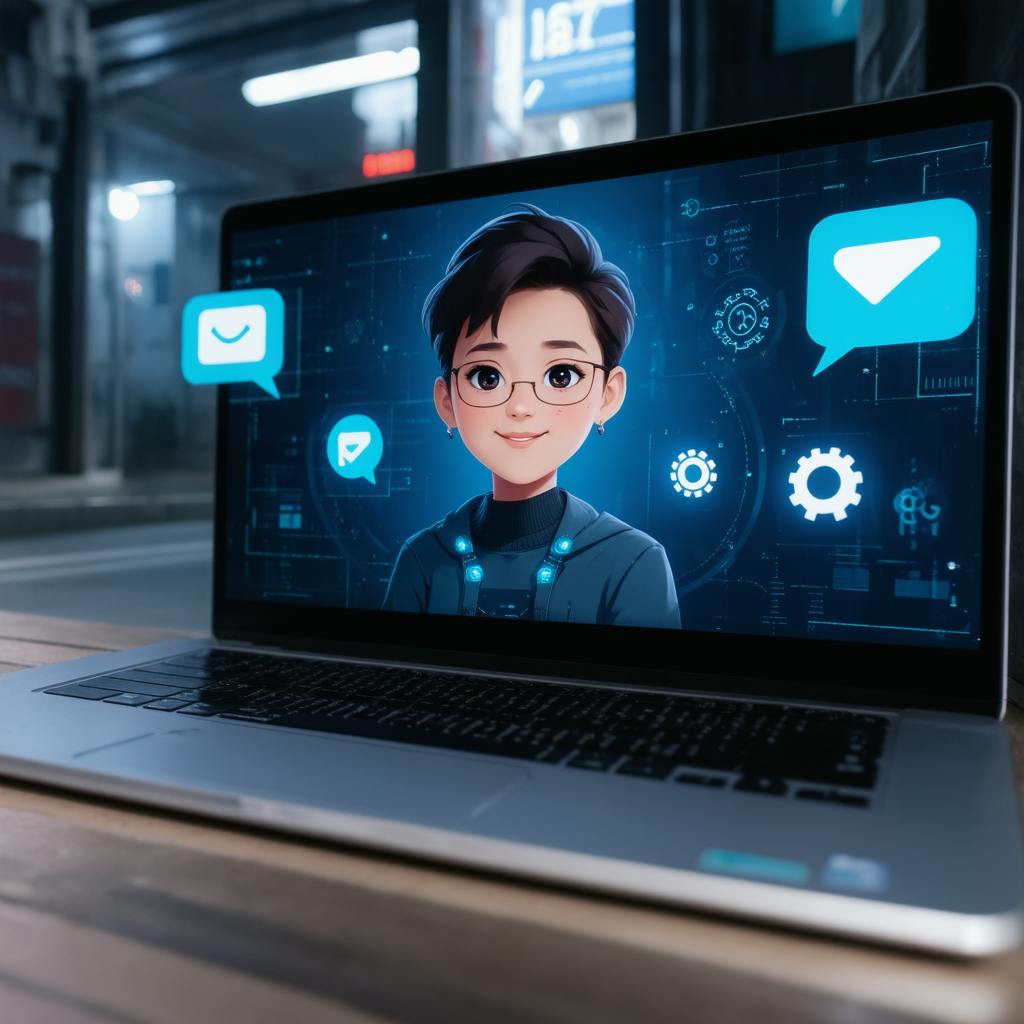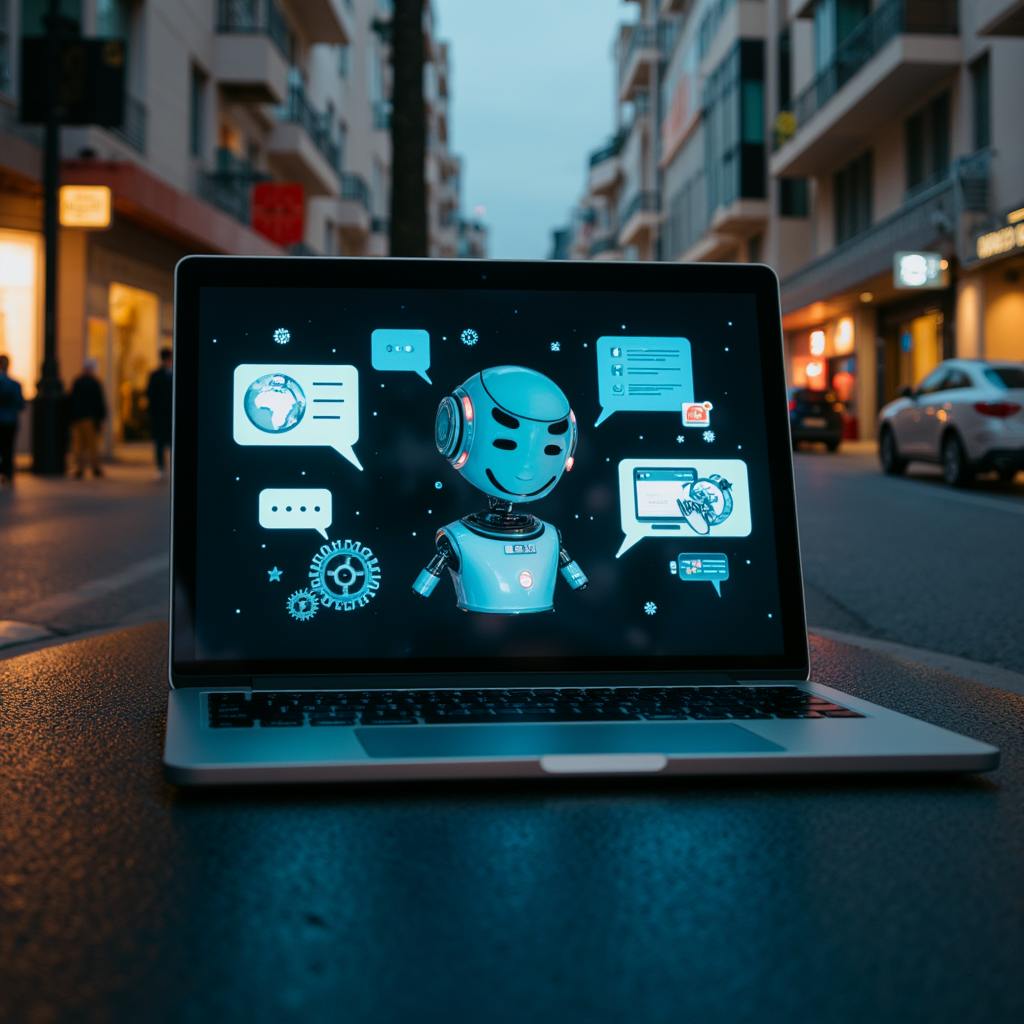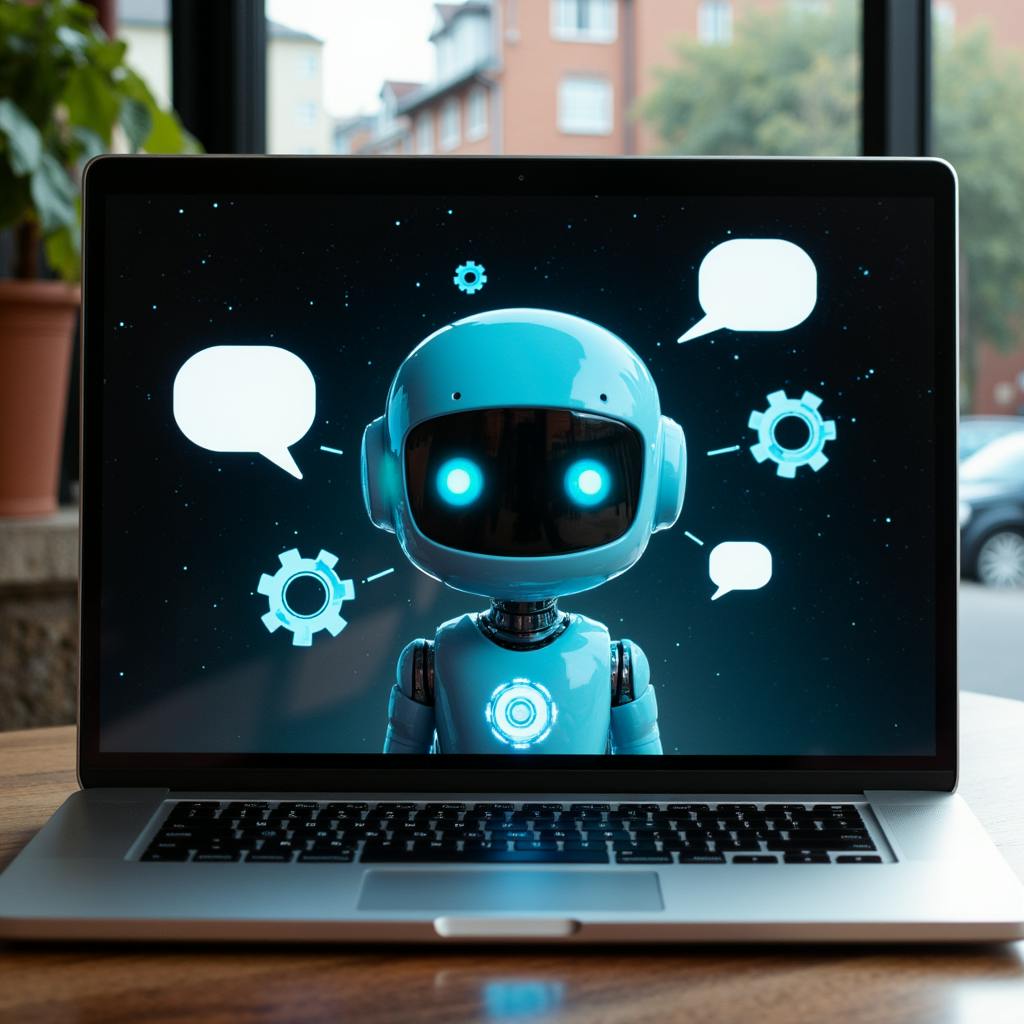In an era where customer satisfaction defines brand loyalty and success, deploying an AI chatbot can revolutionize how businesses engage with their clientele. AI chatbots are intelligent virtual assistants, designed to automate communication and deliver personalized customer experiences. But what makes an AI chatbot truly delightful? This article explores the nuances of building an exceptional AI chatbot that not only meets but exceeds customer expectations. We'll address common inquiries such as "What is the best AI chat to get that's free?" and "How reliable are AI chatbots?" along with a list of commendable chatbot examples.
Creating a Delightful Experience
Understanding Your Audience
Clearly defining your audience is the foremost step in AI chatbot development. A chatbot must resonate with its users, meaning it should understand their language, cultural nuances, and preferences. Artificial intelligence empowers chatbots to learn from user interactions, enabling them to provide increasingly accurate and contextually relevant responses. However, understanding the target demographic, including popular communication styles and frequently asked questions, will set the foundation for a more engaging interaction.
Choosing the Right Platform and Tools
With a myriad of platforms and tools available, picking the right ones can be daunting yet crucial. For those seeking free solutions, platforms like ChatGPT provide a robust start. It’s vital to evaluate tools based on your specific requirements—whether you need simple FAQ automation or complex, emotion-sensitive conversations. Always consider scalability for future needs, ensuring your AI chatbot can grow along with your business.
Designing for Seamlessness
Conciseness and clarity are key to designing a seamless user experience. Superior AI chatbots boast an intuitive interface and operate without glitches, providing users with a smooth experience. As technology advances, chatbots on platforms such as Google Assistant and Amazon Alexa exhibit increasingly realistic interactions, mimicking human conversation more closely than ever before. Developers must ensure the chatbot’s design is user-centric, focusing on minimizing friction and enhancing responsiveness.

AI made with YK
Addressing Frequently Asked Questions
What’s the Best AI Chat to Get That's Free?
For businesses and developers seeking an entry into the world of AI chatbots without financial commitment, there are several notable options. Free versions of AI chat software, like ChatGPT, offer sufficient functionality to manage basic customer interactions. However, evaluating the cost versus benefit for premium features that might significantly enhance user experience is recommended.
What is the Most Realistic AI-Based Chatbot Website?
Websites deploying advanced AI chatbots often use innovative algorithms to simulate life-like conversations. Examples include Replika and Microsoft's Xiaoice, which use natural language processing to engage users in meaningful dialogue. Such technologies are paving the way for more intuitive and engaging user experiences.
How Reliable Are AI Chatbots?
Reliability in AI chatbots is continually improving due to advances in AI and machine learning. While early iterations met with issues like misinterpretation and limited response range, cutting-edge AI architectures are now achieving impressive accuracy and engagement levels. Integrating feedback loops where user interactions are utilized to train and refine the chatbot can elevate reliability significantly.
What is a List of AI Chat Bots?
Apart from ChatGPT, Replika, and Xiaoice, some noteworthy AI chatbots include:
- Mitsuku: Known for its conversational versatility and has won awards for its engaging interaction.
- Cleverbot: Utilizes machine learning to refine responses based on user interaction data.
- Woebot: An AI chatbot providing mental health support, illustrating specialized utility.
- Google Assistant and Amazon's Alexa: Industry giants leading in voice-operated AI interactions.
FAQ: Building a Customer-Friendly AI Chatbot
In today's digital age, an AI chatbot can be an invaluable tool for businesses looking to enhance customer engagement and satisfaction. This FAQ will guide you on how to build an AI chatbot that not only meets but exceeds customer expectations.
How can you build an AI chatbot that delights customers?
To build an AI chatbot that delights customers, focus on the following key aspects:
- Understand Your Audience: Conduct thorough research to understand your target audience, their needs, and preferences. This informs the design and functionality of your chatbot.
- Clear Purpose and Scope: Define what specific functions your chatbot will perform. This helps in creating a focused and efficient bot that addresses specific user needs.
- User-Friendly Design: Ensure the chatbot is easy to interact with. This includes intuitive UI, simple commands, and clear, concise responses.
- Natural Language Processing (NLP): Utilize advanced NLP to allow the chatbot to understand and process natural language effectively. This makes the interaction feel more human-like.
- Personalization: Implement features that allow the chatbot to personalize interactions based on user data and past interactions, making experiences more relevant.
- Continuous Learning and Updates: Incorporate machine learning algorithms that enable the chatbot to learn from interactions and continuously improve over time.
- Multi-Platform Availability: Make the chatbot available on various platforms such as web, mobile apps, social media, etc., to increase accessibility.
- Feedback Loop: Encourage and incorporate user feedback to continuously improve the chatbot's performance and features.
What features should an AI chatbot have to please customers?
To ensure your AI chatbot pleases customers, consider including these features:
- Conversational Abilities: Seamless handling of multi-turn conversations and understanding of context and intent.
- Multilingual Support: Ability to communicate effectively in multiple languages to accommodate a global customer base.
- Quick Response Time: Fast processing speed to ensure minimal delay in response.
- Error Handling: Ability to gracefully handle misunderstandings or errors and provide corrective suggestions.
- Integration with Backend Systems: Ability to connect with CRM, databases, and other systems to retrieve and update customer information.
- Security and Privacy: Strong data protection measures to safeguard customer information.
- Transaction Capabilities: Facilitate transactions such as booking, purchasing, or reservations directly through the chat interface.
- Detailed Analytics: Provide insights into user interactions and satisfaction, which can help in refining the chatbot’s functionality.

AI made with YK
How can an AI chatbot improve customer satisfaction?
AI chatbots can enhance customer satisfaction in several ways:
- 24/7 Availability: Providing round-the-clock assistance ensures customers get support whenever they need it.
- Instant Solutions: Reducing wait times for support and providing immediate answers to common queries increases convenience for customers.
- Consistency: Ensures uniform quality in interactions compared to human agents who may vary in performance.
- Proactive Engagement: AI chatbots can engage users proactively, suggesting products, updates, or solutions based on their behavior and history.
- Cost-Effectiveness: Reduces waiting times and enhances service delivery without significant increases in operational costs.
- Scalability: Easily handles large volumes of inquiries, maintaining consistent performance as demand scales.
What are the steps to build a customer-friendly AI chatbot?
Building a customer-friendly AI chatbot involves the following steps:
- Define Objectives: Clearly outline what you want to achieve with the chatbot. This includes aligning the chatbot’s capabilities with your business goals.
- Choose the Right Platform: Select a suitable platform or framework for building your chatbot, considering factors like complexity, budget, and required integrations.
- Design the Conversation Flow: Map out the possible conversation paths, ensuring they cover the expected queries and provide clear, guided experiences.
- Develop the Chatbot: Employ best practices in programming and machine learning to build the chatbot, ensuring resilient NLP and machine learning capabilities.
- Integrate Necessary Tools: Connect the chatbot with CRM tools, databases, and relevant APIs to enhance functionality and provide dynamic data access.
- Test Extensively: Conduct thorough testing to identify and address gaps in the conversation flow, error handling, performance under load, etc.
- Launch and Monitor: Deploy the chatbot and closely monitor its interactions through analytics to ensure it's meeting customer expectations.
- Iterate and Improve: Regularly update and enhance the chatbot based on user feedback and new technologies to keep it relevant and engaging.
By focusing on these areas, businesses can create AI chatbots that not only meet the functional needs of their customers but also enhance their overall experience and satisfaction.
Conclusion
Building a successful AI chatbot entails a harmonious blend of technology and customer-centric design. By knowing your audience, selecting the right tools, and ensuring a glitch-free interaction, businesses can develop AI chatbots that not only aid in customer service but also enhance overall satisfaction. As technology continues to evolve, the potential for more realistic and reliable AI chatbot experiences expands, thrilling both businesses and users alike.
The journey of crafting an AI chatbot that delights is ongoing, with continuous learning and adaptation at its core. Businesses leveraging these intelligent agents stand to gain not just efficiency but a deeper connection with their customers, ushering in an era of enhanced digital interaction.

